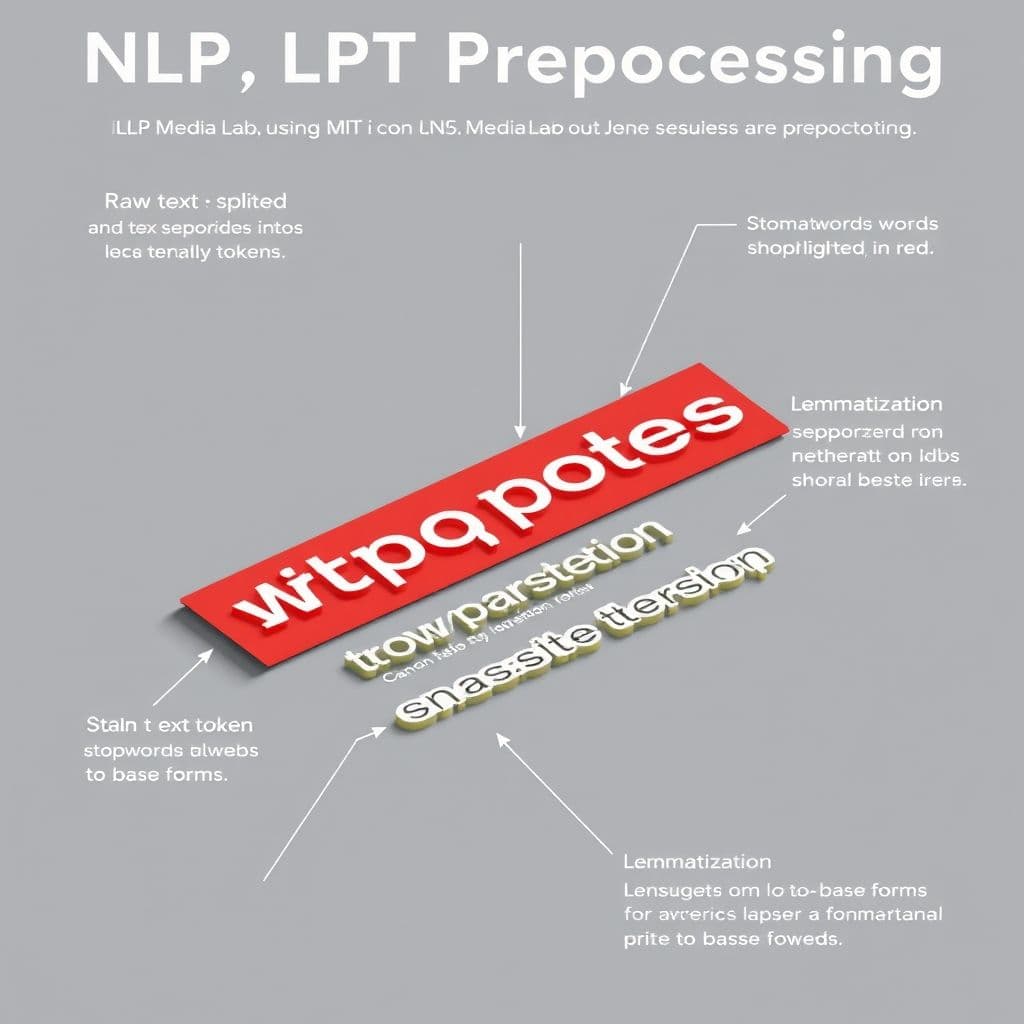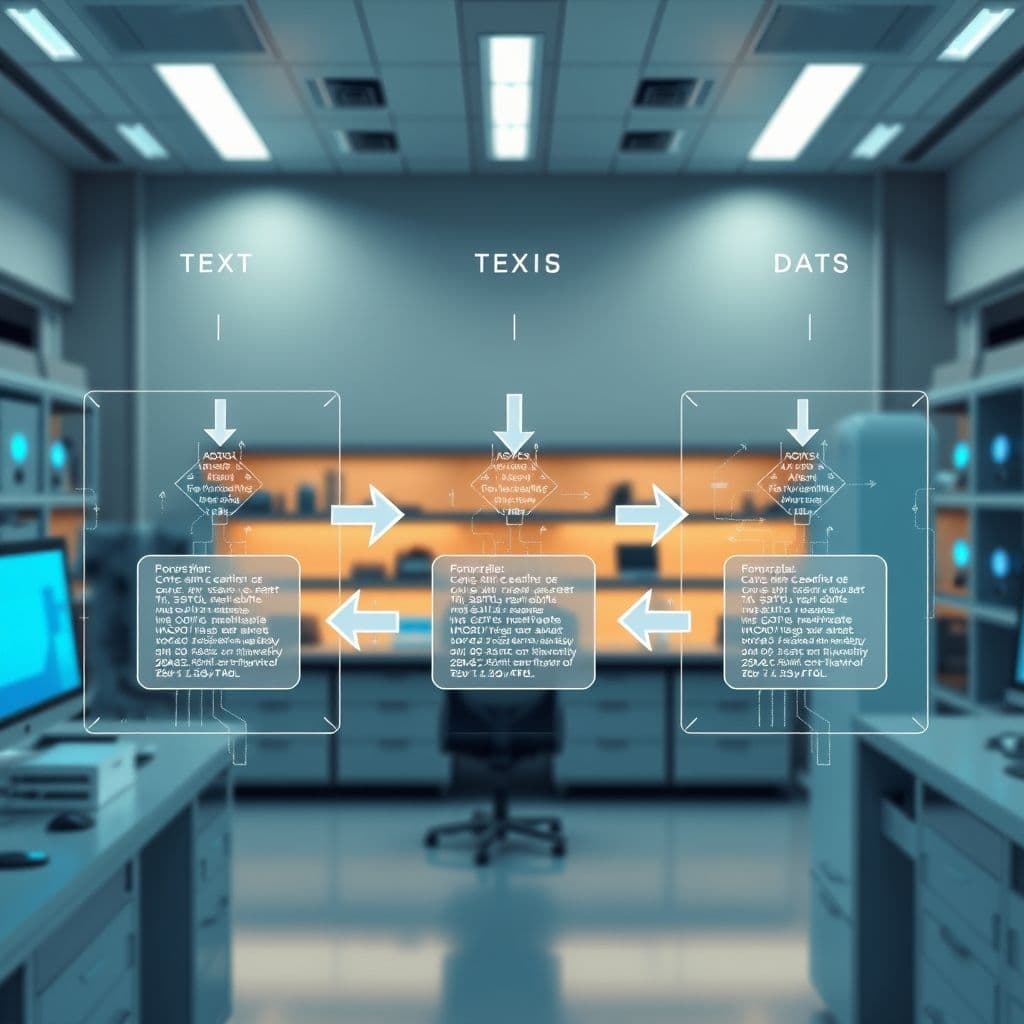How to Become a Natural Language Processing Specialist: A Step-by-Step Guide

Natural Language Processing (NLP) is revolutionizing how machines understand human language. From chatbots to sentiment analysis, NLP specialists are in high demand. This guide will walk you through the essential steps to become an NLP expert, starting with the basics and progressing to advanced techniques and real-world applications. View original learning path
Step 1: Understand the Basics of Natural Language Processing (NLP)
Before diving into complex algorithms, it's crucial to grasp the foundational concepts of NLP. Tokenization is the process of breaking text into smaller units, such as words or sentences. Stopwords are common words (like 'the' or 'and') that are often filtered out to focus on meaningful content. Stemming and lemmatization reduce words to their base forms—stemming cuts off prefixes/suffixes, while lemmatization uses linguistic rules for accuracy. For example, 'running' becomes 'run' with both methods, but lemmatization correctly handles irregular forms like 'better' → 'good'.

Step 2: Learn Programming Languages and Libraries for NLP
Python is the go-to language for NLP due to its simplicity and robust libraries. NLTK (Natural Language Toolkit) is perfect for beginners, offering tools for tokenization, stemming, and more. SpaCy, on the other hand, is optimized for speed and production use, with built-in support for advanced tasks like named entity recognition. For example, SpaCy can quickly identify 'Apple' as a company in a sentence, while NLTK provides more customization for research purposes.
Step 3: Explore Machine Learning Algorithms for NLP
Machine learning powers many NLP applications. Naive Bayes is great for text classification (e.g., spam detection) due to its simplicity and efficiency. Support Vector Machines (SVM) excel in high-dimensional spaces, making them ideal for sentiment analysis. Recurrent Neural Networks (RNN), especially LSTMs, handle sequential data like text, capturing context over long sentences. For instance, an RNN can predict the next word in a sentence by remembering previous words.

Step 4: Work on NLP Projects and Kaggle Competitions
Hands-on projects solidify your skills. Sentiment analysis involves classifying text as positive, negative, or neutral—try analyzing Twitter data. Named Entity Recognition (NER) identifies entities like people or locations in text; SpaCy's pre-trained models make this easy. Text generation, such as creating poetry or code, can be done with GPT-like models. Kaggle competitions offer real-world datasets and feedback from the community, helping you refine your approach.
Step 5: Stay Updated with NLP Research and Trends
NLP evolves rapidly. Transformer models like BERT and GPT-4 have set new benchmarks for tasks like translation and summarization. Zero-shot learning allows models to perform tasks they weren't explicitly trained on, broadening their applicability. Ethical considerations, such as bias in language models, are critical—always evaluate your models for fairness and inclusivity. Follow arXiv and NLP conferences to stay ahead.
Conclusion
Becoming an NLP specialist requires mastering foundational concepts, leveraging powerful tools like Python and SpaCy, and applying machine learning to real-world problems. By working on projects and staying updated with cutting-edge research, you'll be well-equipped to tackle the challenges of this dynamic field.
Frequently Asked Questions
- How long does it take to master NLP?
- Mastering NLP typically takes 6–12 months of consistent study and practice, depending on your background in programming and machine learning.
- What are common mistakes beginners make in NLP?
- Beginners often skip text preprocessing (like cleaning stopwords) or overfit models to small datasets. Always validate your approach with real-world data.
- Is a degree required to become an NLP specialist?
- While a degree in computer science or linguistics helps, many specialists are self-taught through online courses, projects, and open-source contributions.





